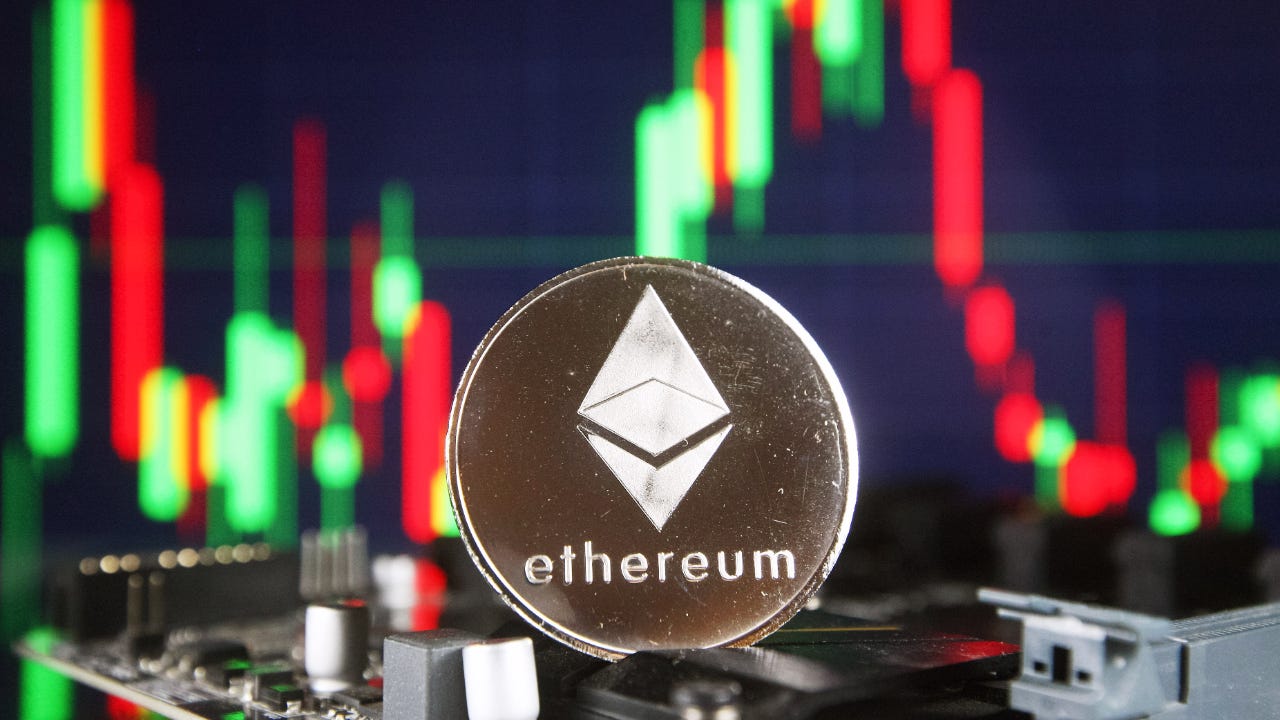Unlocking the Potential of ETH to USDT: A Deeper Dive

Is converting your Ethereum (ETH) to Tether (USDT) the right move? It’s a question many cryptocurrency investors grapple with, and the answer isn’t always straightforward. This exploration moves beyond simple transaction mechanics to delve into the strategic considerations that truly impact your decision. We’ll unpack the nuances and encourage critical thinking, helping you navigate this important aspect of the crypto landscape.
Understanding the ETH to USDT Conversion Process
The core process of exchanging ETH for USDT is relatively simple. Most major cryptocurrency exchanges offer this pairing, allowing you to seamlessly trade one for the other. However, understanding the underlying mechanics is crucial for making informed decisions. For example, you should be aware of any fees associated with the transaction and the potential for slippage – the difference between the expected price and the actual execution price. This slippage can become significant during periods of high market volatility.
Factors Influencing Exchange Rates
Several factors influence the ETH to USDT exchange rate. The most obvious is the overall market sentiment towards both Ethereum and Tether. If Ethereum’s price is rising relative to Tether, you’ll receive fewer USDT for each ETH. Conversely, if Ethereum’s price falls, you’ll get more USDT. Macroeconomic factors, regulatory announcements, and even major news events can significantly impact these exchange rates, making constant monitoring crucial.
Strategic Implications of ETH to USDT Conversions
Why might someone choose to convert ETH to USDT? The motivations are often diverse and strategic. One common reason is risk management. USDT, being pegged to the US dollar, offers a degree of stability compared to the often volatile price of ETH. This makes converting to USDT a way to safeguard your crypto holdings, especially during times of market uncertainty.
Preserving Value vs. Capitalizing on Growth
The decision to convert ETH to USDT often involves a trade-off between preserving value and capitalizing on potential future growth. By converting to USDT, you protect yourself from potential losses but also forgo the possibility of further ETH appreciation. Conversely, holding onto ETH might yield greater returns if its price rises, but exposes you to increased risk of losses if it falls. This is where personal risk tolerance and investment goals become key factors.
Navigating the Risks of ETH to USDT Trading
While seemingly simple, the ETH to USDT conversion carries inherent risks. One significant risk is the potential for exchange vulnerabilities. It’s crucial to select a reputable and secure exchange with robust security measures to protect your assets. In my experience, thoroughly researching an exchange before using it is vital. Another factor to consider is the regulatory landscape surrounding cryptocurrencies, which can change rapidly and impact the usability of both ETH and USDT.
Counterparty Risk and Liquidity Concerns
Let’s not forget the counterparty risk involved. When you trade on an exchange, you’re trusting that the exchange will fulfill its obligations. While major exchanges are generally reliable, smaller or less established ones may present higher risks. Liquidity is another aspect; you need to ensure that there is sufficient liquidity in the market to execute your trade at your desired price, especially for large transactions.
Leveraging ETH to USDT for DeFi Strategies
Interestingly, the ETH to USDT exchange is not just a simple conversion; it can be a building block for more sophisticated DeFi strategies. For instance, converting ETH to USDT can provide stablecoin liquidity for lending and borrowing protocols, allowing you to earn interest on your assets or borrow against them. This opens a world of decentralized finance opportunities, which can further diversify your portfolio and potentially increase your returns.
Exploring Beyond Simple Exchanges
This takes us beyond a simple “eth to usdt” transaction. Many advanced strategies in the DeFi world rely on this foundational conversion. The possibilities are far-reaching, encompassing yield farming, liquidity provision, and even arbitrage opportunities. It’s worth investing time in understanding these advanced applications of the ETH to USDT exchange. One thing to keep in mind is that these more complex strategies also carry higher risks.
Final Thoughts
The decision to convert ETH to USDT is a nuanced one, demanding careful consideration of several interconnected factors. Understanding the mechanics of the conversion, the strategic implications, and the inherent risks is paramount. While converting to USDT offers a degree of stability, it also sacrifices the potential for significant gains. By weighing these factors and understanding your risk tolerance, you can make informed decisions that align with your overall investment strategy. The world of cryptocurrency is constantly evolving, so continuous learning and adaptation are key to navigating the dynamic landscape of ETH to USDT exchanges and beyond.
Leave a Reply
You must be logged in to post a comment.



Leave a Comment